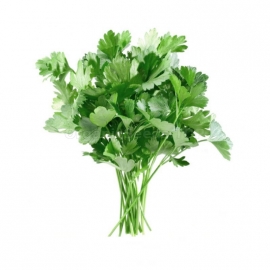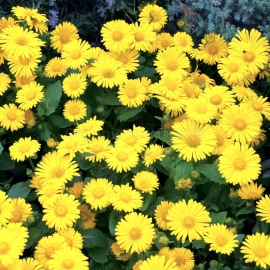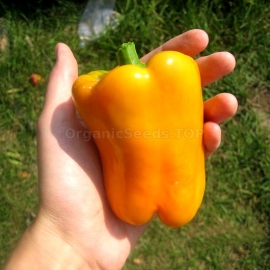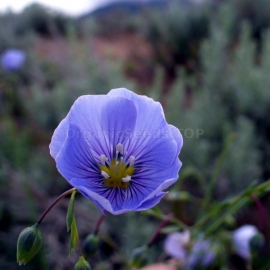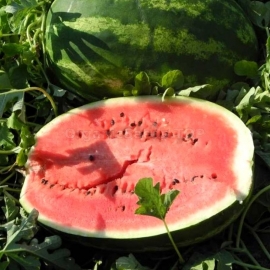
«Nikopol» - Organic Watermelon Seeds
1.14 €
This is a mid-ripening variety of watermelon, vegetative is 84 days. It has a rounded shape of the fruit, an average size of 2.7 kg, sometimes up to 5 kg. Bark of medium thickness, flesh of bright pink color, medium density, juicy.
-
Heirloom Watermelon «Nikopol»
This is a mid-ripening variety of watermelon, vegetative is 84 days. It has a rounded shape of the fruit, an average size of 2.7 kg, sometimes up to 5 kg.
Bark of medium thickness, flesh of bright pink color, medium density, juicy. The surface of the fruit is smooth, resistant to cracking. The sugar content is 8%, dry matter 10.6%. Tasting assessment 4.3 points. Productivity of 30-40 tons/ha.
Germination
In cool climates, watermelon seeds should be started indoors, but no sooner than a month before transplanting; plant three seeds per peat pot, 1/4" deep. Provide heat to keep the soil at least 80-85 degrees F. Cut off all but the strongest seedling as soon as true leaves appear, and transplant about a week after frost; put two or three plants in each hill with a 6-8' space in all directions.
Gardeners in warm climates will be able to direct sow watermelons as soon as the soil temperature reaches at least 75 degrees F, planting six seeds per hill with 6-8' of space in all directions. Thin to the strongest two or three plants as soon as the seedlings appear. Watermelons should be planted in full sun and rich, loose soil. Young seedlings may benefit from black plastic to warm up the soil.
Growing Seeds
As soon as the vines begin to develop, apply a thick layer of mulch to control weeds and protect the melons from soil contact. Keep the soil moist until the fruit begins to grow, then water only if the soil dries out completely. Watch out for insect pests, which can be a problem. Charleston Grey is resistant to anthracnose and fusarium wilt.
Harvesting
Gardeners use many different methods of testing whether their watermelons are ripe, but knowing the approximate mature size of the melon helps to determine when it is nearing ripeness. One test is to knock on the watermelon with your knuckles, listening for a dull thump rather than a hollow ring.
Another method is to check the underside of the melon where it rests on the ground; the skin should be a rich yellow. Also, the curling tendril closest to the stem of the melon often indicates ripeness when it begins to turn brown. Watermelons usually keep for several weeks in a cool place.
Products Viewed Before
Product code: 2713
1.14 €
High-yielding early varieties of all-season parsley to produce green products throughout the season. The leaves are smooth, intensely green with a strong aroma, quickly grows after cutting. During the season, you can get 5-6 slices of marketable products.
Product code: 2671
1.39 €
Doronicum Orientale plants are uncommon, but they are wonderful spring blooming perennials with attractively toothed foliage and daisy-like flowers. It performs best in a partially shaded, consistently moist location.
Product code: 2779
1.14 €
This is an early ripening variety. Vegetation period from shoots to biological ripeness is 100-105 days. The bush is half-stitched, 45-55 cm high. The fruit is prismatic, weighing 100-130 grams, in the biological ripeness of the orange-red color.
Product code: 2867
1.14 €
Flax (also known as common flax or linseed) (binomial name: Linum usitatissimum) is a member of the genus Linum in the family Linaceae. It is native to the region extending from the eastern Mediterranean to India.

